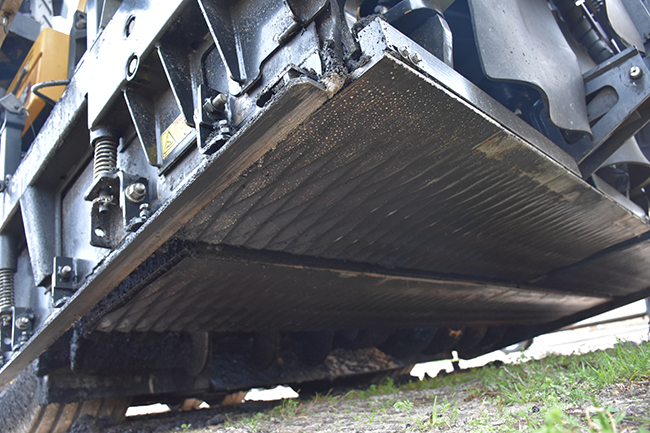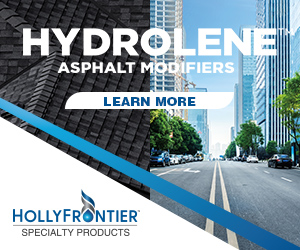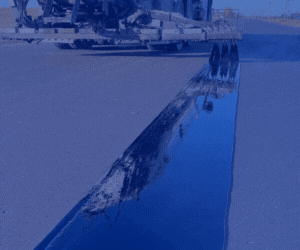Where compaction truly begins — and how screed plate design impacts pavement performance
In asphalt paving, compaction is king. It’s widely accepted across the industry that compaction is the most important factor influencing long-term pavement performance:
You can do everything else right — design, materials, plant mix — but if you don’t compact it properly, you’ve failed.
Why compaction matters
Compaction reduces air voids in the asphalt mix, increasing density and durability. Field densities typically target 6–8% air voids. Too much air leads to oxidation, moisture damage and cracking. Too little, and you risk rutting and bleeding.
Compaction also ensures proper aggregate structure and binder contact — the keys to pavement strength. Studies from the Federal Highway Administration (FHWA) and the National Center for Asphalt Technology (NCAT) have shown that a 1% drop in density can reduce pavement life by 10% or more.
The first chance to get it right
While much attention is paid to rolling patterns and temperatures, the first real physical opportunity for compaction happens not with the roller but at the screed of the paver. The screed is where the mix is placed, leveled, and compacted — typically achieving 85–90% of target density depending on mix and conditions.
The quality of this initial compaction has a major impact on what follows. A uniform, dense mat from the screed gives rollers a better chance to meet specs without overworking the surface or chasing temperature.
Think of the screed as prepping the dough before it bakes. A well-prepared mat leads to consistent, higher-performing pavement.
So, what if there was a way to optimize this initial compaction stage to capitalize on density gains?

Screed design in focus: A field comparison
Recent work on North Dakota’s Highway 85 explored how screed plate design can affect that initial compaction. A two-mile paving section was divided between two pavers: one with traditional smooth screed plates, and one with the Cat® SDX screed textured plate design.
The Cat® SDX screed plate is a fundamental change to the compaction process at the screed. The SDX screed plates introduce a textured, three-dimensional screed face that kneads the mix — manipulating the aggregate into a tighter structure even before the compaction rollers.
For the Highway 85 field trial, both pavers used the same mix, same model pavers, and matched rollers. Intelligent compaction, thermal profiling, and dielectric scanning were used to collect density and temperature data throughout construction.
Results from the field
| Metric | SDX Screed | Traditional Screed | Advantage |
| Behind Screed Density | 91.5% | 89.8% | 1.7% |
| Final Density | 94.8% | 93.6% | 1.2% |
| Density STD Deviation | 0.11 | 0.15 | ↓25% variation |
| Failed Core Samples | 0 | 2 | Better uniformity |
| Smoothness (IRI) Reduction from Base to Final Course | 25.77 in/mi | 23.26 in/mi | +10% ride |
The paver equipped with textured screed plates delivered measurable improvements in early mat quality, including an approximate 10% gain in smoothness — a difference that,
on high-tonnage paving projects, can mean earning a bonus instead of incurring a penalty. This reinforces the idea that greater mat uniformity at the screed enhances final ride quality, and that screed design can be enhanced to ease the compaction load on rollers while improving overall pavement performance.
Several field evaluations are scheduled for the 2025 paving season across Canada. Smart Asphalt will be on-site to collect data and observe how initial compaction at the screed influences density outcomes, joint performance and thermal consistency.
What this tells us
As we continue to push for performance specifications that reward density, smoothness, and joint quality, technologies that enhance initial compaction could provide contractors with a better starting point. The screed, after all, isn’t just shaping the mix. It’s setting the stage for everything that follows.
Join the Smart Asphalt Community. Connect with us on Instagram to continue the discussion and ask your questions on this and other topics.














